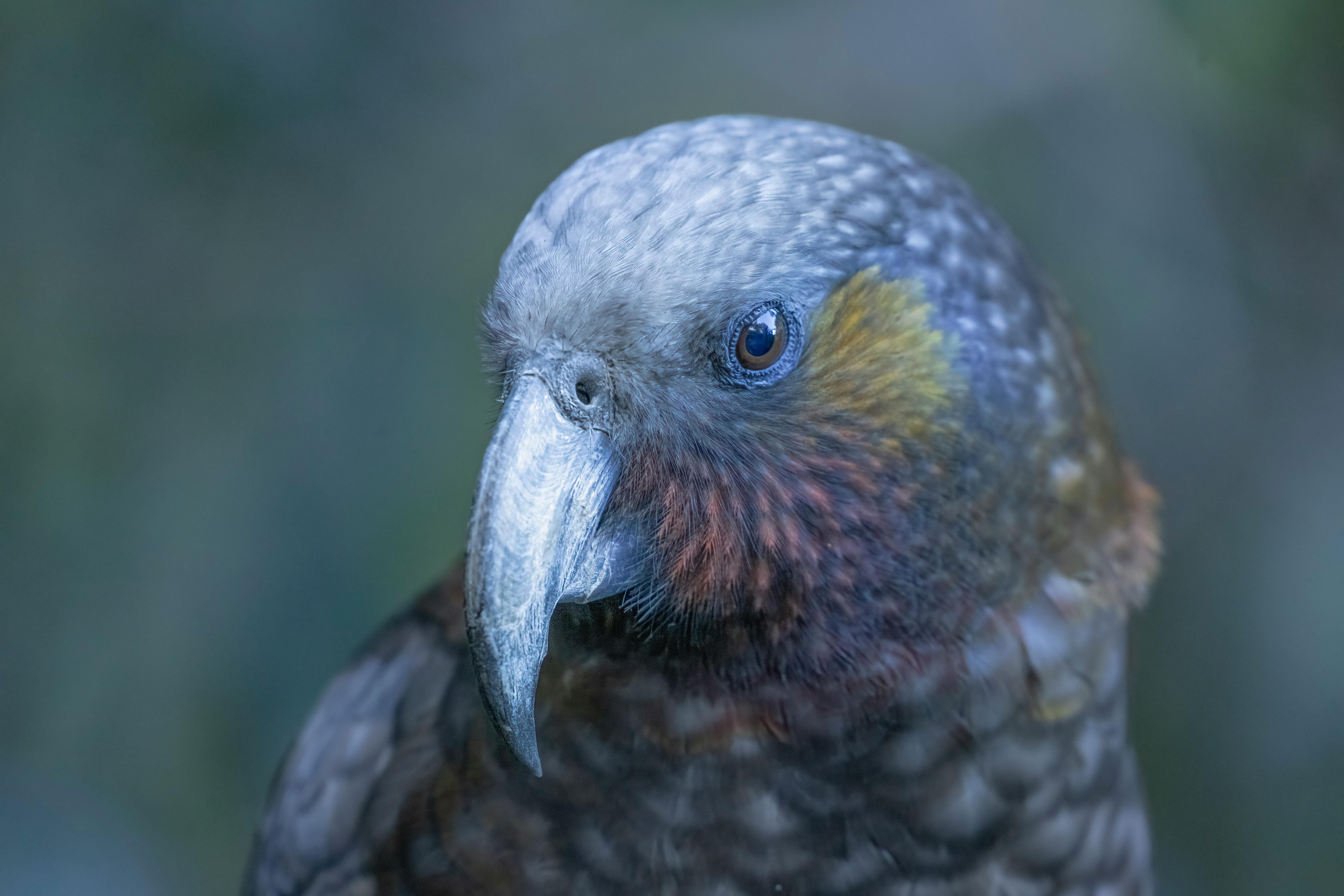Apply Now
Effective Ways to Protect the Sumatran Striped Rabbit in 2025
The Sumatran striped rabbit, a unique and threatened species native to the dense rainforests of Sumatra, represents an essential part of the island's biodiversity. With its striking appearance and specific habitat requirements, this endangered rabbit species is crucial to the ecological balance of the Sumatran ecosystem. However, it faces significant threats from habitat loss and climate change, making conservation efforts essential for its survival.
In 2025, protecting the Sumatran striped rabbit requires a multifaceted approach encompassing habitat conservation, breeding programs, and active community involvement. This article provides insights into effective strategies for safeguarding this remarkable species and explores their ecological and cultural significance.
Key takeaways include:
- Understanding the habitat requirements and threats facing the Sumatran striped rabbit.
- Implementing conservation programs to enhance rabbit populations.
- Engaging local communities to raise awareness and promote wildlife protection.
With a roadmap laid out, let’s delve into the essential strategies for conserving the Sumatran striped rabbit.
Understanding the Habitat Requirements of the Sumatran Striped Rabbit
Building on the importance of the Sumatran striped rabbit, we should first examine its habitat needs. These rabbits thrive in the lush Sumatran rainforest, which provides them with the necessary cover, food, and breeding sites. The specific components of their habitat include dense underbrush and elevated foliage where they can forage and evade predators.
Rabbits and Their Habitat
The primary habitat for the Sumatran striped rabbit consists of lower montane and submontane forests, characterized by high humidity and cooler temperatures. This unique ecosystem hosts a diverse range of flora, which is crucial for the rabbit's diet. The Sumatran wildlife, including numerous species of plants, insects, and animals, creates a complex interdependent relationship essential for maintaining ecological balance.
Effects of Habitat Loss
Unfortunately, habitat loss due to deforestation is one of the leading threats to the survival of the striped rabbit. Logging, agricultural expansion, and urban development fragment their habitat, making it increasingly challenging for them to find food and mates. **Statistics indicate that over 50% of the original rainforest cover has been lost** in the last few decades, placing immense pressure on the Sumatran rabbit population.
Conservation of Sumatran Rabbit Habitats
Effective habitat restoration and conservation projects focused on maintaining the rainforest are critical. This includes establishing wildlife reserves to protect remaining habitats and enhancing connectivity between fragmented forest patches through wildlife corridors. Moreover, developing habitat management practices can ensure the sustainability of rabbit populations.
Mitigating the Threats to the Sumatran Striped Rabbit
With these basic habitat needs established, it's important to address the various threats that the Sumatran striped rabbit faces. Understanding these dangers is vital for formulating effective conservation strategies.
Climate Change Impact on Rabbit Populations
Climate change poses a significant threat to the Sumatran rabbit by altering their environments and forcing them to adapt to changing temperatures and seasonal weather patterns. These environmental changes can lead to habitat degradation and food scarcity, further endangering their populations.
Human Activity's Impact on Wildlife
Human activities, such as urbanization, agricultural practices, and illegal poaching, have substantial effects on the Sumatran striped rabbit. As rural communities expand and exploit natural resources, the urgent need for balancing development with wildlife conservation arises. Laws and regulations aimed at protecting endangered species must be enforced and enhanced.
Conservation Education and Community Engagement
Raising awareness about the ecological importance of the Sumatran striped rabbit and promoting community involvement in conservation efforts are paramount. Educational programs can help local communities understand the benefits of preserving wildlife and their habitats, leading to more sustainable practices.
Implementing Effective Conservation Programs
Moving forward, sustainable conservation programs are needed to ensure the survival of the Sumatran striped rabbit populations.
Rabbit Breeding Programs
Setting up captive breeding programs can help bolster the rabbit's numbers. These initiatives enable controlled environments where rabbits can breed and develop to adulthood before being reintroduced into the wild. Successful breeding programs increase genetic diversity, which can strengthen population resilience against disease and environmental changes.
Ecological Research on Habitat Suitability
Scientific research is critical for understanding the specific needs of the Sumatran rabbit. Ecologists can use habitat mapping and analysis techniques to identify suitable areas for habitat restoration and to track rabbit populations effectively. Monitoring changes over time allows for adaptive management strategies to be implemented.
Wildlife Corridors and Habitat Restoration
Creating wildlife corridors connects fragmented habitats, allowing rabbits and other wildlife species to move safely between areas. Enhancing existing habitats through restoration projects can also increase food sources and nesting sites for Sumatran rabbits.
The Role of Local Communities and NGOs
Connecting these initiatives with local communities is essential for the long-term success of conservation efforts.
Community-Based Conservation Initiatives
Involving local communities in conservation creates a sense of ownership and responsibility towards wildlife protection. Community-led wildlife initiatives can lead to better monitoring practices and help prevent illegal hunting of rabbits.
Partnerships with NGOs
Partnerships between local organizations, governments, and NGOs can enhance resources and expertise available for conservation. This collaboration promotes knowledge sharing, coordinated efforts, and more significant impacts in protecting the Sumatran striped rabbit and their habitat.
Raising Awareness and Education Programs
Educational programs targeting youth and community members can promote understanding and appreciation for wildlife. Engaging citizens in hands-on conservation projects can foster stewardship and commitment to protecting endangered species like the Sumatran striped rabbit.
Conclusion and Future Strategies for Sumatran Rabbit Protection
In conclusion, protecting the Sumatran striped rabbit in 2025 requires concerted efforts to address habitat loss, promote breeding programs, and engage communities in conservation. Understanding the ecological significance of this unique rabbit species provides a foundation for developing effective protection strategies. Continued support for habitat restoration and species monitoring will be crucial in safeguarding this endangered species for future generations.
Engaging in conservation education and fostering community participation will enhance the impact of these efforts. By working together — local communities, conservationists, and wildlife enthusiasts — we can promote biodiversity conservation and ensure a thriving future for the Sumatran striped rabbit.

